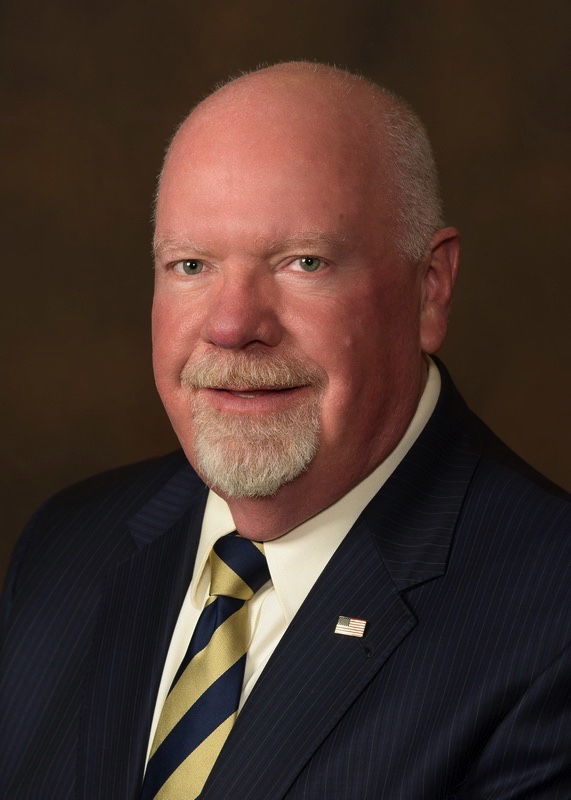I have either lobbied or served in the Utah Legislature since April 1, 1977. From my MPA experience I was already aware that the Utah Legislature avoids the costly duplication and unnecessary competition among dueling staffs that exist in so many other states.
The modernized staff support through the Office of Legislative Research and General Counsel, Office of Legislative Fiscal Analyst, and Legislative Auditor General had been established through visionary leaders like Senator Karl Snow.
A significant Constitutional amendment to the legislative calendar had also passed, changing from alternating 60-day General Session one year and 20-day Budget Session the next year to annual 45 calendar day sessions, which is one of the nation’s shortest and most efficient. Monthly joint interim meetings brought together House and Senate Standing Committees to vet proposed legislation for the coming General Session also made the short legislative sessions more efficient and productive.
The Utah Legislature had imposed 12 year term limits on state legislators along with 20 other states. Fortunately, the Utah Legislature repealed the law one year before it was to take effect, as did Idaho’s Legislature.
State Supreme Courts struck term limits in four states leaving 15 still with term limit laws. The 15 states left with term limit laws have found political power to not be held by those elected by the people but by career bureaucrats and lobbyists who find it easier to influence perpetually novice legislatures. The institutional memory so essential to sound lawmaking was lost in these states due to term limits.
Informal Legislative Process
While Utah’s formal legislative process and staff support has been stable and effective for more than four decades, the informal process has been anything but stable and increasingly less transparent. When I arrived in the Senate in January 1993 the House and Senate Tuesday and Thursday caucuses during the legislative session were open to the public and press and included Democrats and Republicans in the same room hearing the same presentations. This continued until the mid 1990s when a lawsuit was brought against the practice and there has been less dialogue between the parties since.
Despite parties being separated from each other during their caucuses in the mid- 90s each party in each house of the legislature still had their caucuses open to the public except in rare cases when differences could be aired between caucus members without the stifling effect of public decorum. Gradually over the years caucuses became closed to the public and too often when outside expertise could have yielded more informed decisions, legislators have been left to the limited expertise within the body and staff. This practice has become a weakness in Utah’s otherwise enviable legislative system. It is dangerous not only because of an assumption that the collective wisdom and knowledge of caucus members is sufficient to decide public policy, but that it produces public distrust in a process expected to be conducted in the open.
The exclusion of the public, the press, and lobbyists from majority caucus meetings — which now include more than ¾ of the members of either house — a veto-proof majority, while not illegal, raises questions of propriety. This exclusion of the public also gives individual caucus members greater influence on positions benefiting their own professions or businesses — too often at the expense of those not in the room.
Lobbyists
While lobbyist is to some a dirty word, my experience has been that they are one of the most important supports of a legislature’s ability to make good public policy.
Usually there are very effective lobbyists on each side of controversial issues. After hearing from each and often obtaining data not readily available from other sources, each legislator is better able to make an informed vote or in some cases an amendment which improves the legislation.
A lobbyist’s most important asset is trust. If a lobbyist makes the mistake of giving false information or half-truths, he may be rendered ineffective for a very long time.
Hope for Transparency
It’s my hope that the majority caucuses will be re-opened to public view and that expertise from outside the caucus members’ own expertise will be sought. Perhaps the best example of this was the legislature’s consideration of massive tax hike proposals during the budget shortages in the 1980s when legislative consensus was not to be found. Legislative leadership decided to hold a joint convention of both houses, similar to when they convene to hear the Governor’s “State of the State” address.
Experts and taxpayer advocates sat in the circle at the front of the house and were given a chance to give their positions to the entire legislature and to be questioned by any member of the Legislature.
The lengthy yet productive meeting ensured every legislator had an opportunity to hear the same presentations at the same time and to hear the questions and answers that were given. To my knowledge, this joint convention process has never been used since. I think it ought to be considered whenever the legislature is facing what appear to be insurmountable challenges.

